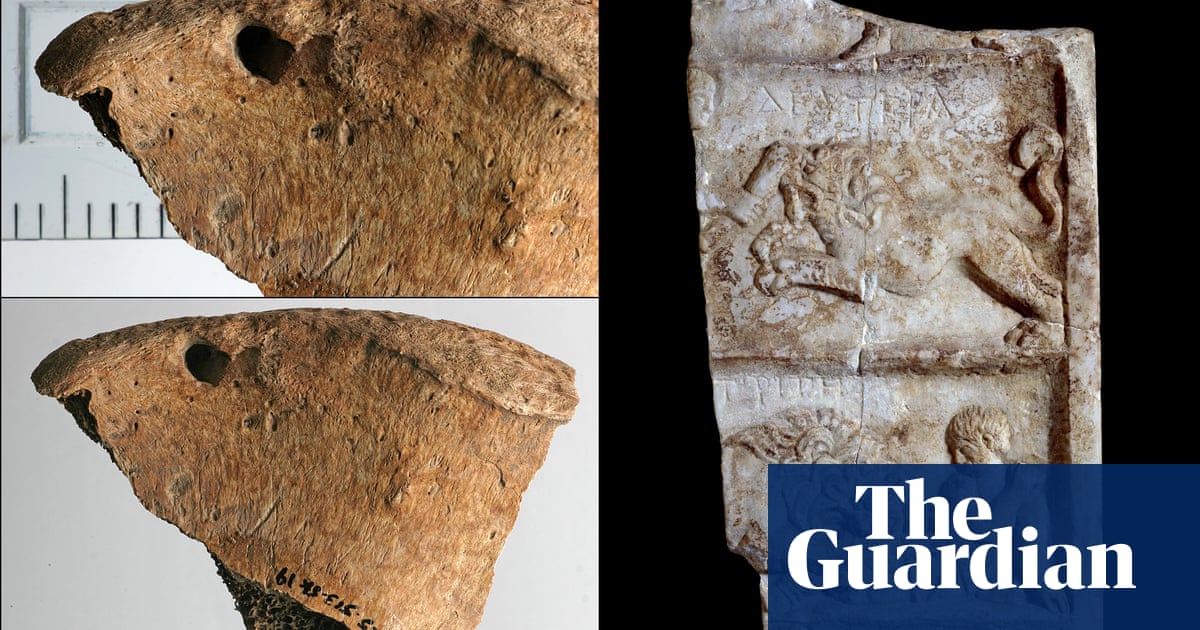This spring will see the 250th birthday of Britain’s favourite painter. Joseph Mallord William Turner was born on 23 April 1775 among the rakes, beggars and other Georgian caricatures of London’s Covent Garden where his father kept a barber’s shop. In the 21st century, there seems to be a consensus that he was our greatest artist. Remainers and Reform voters, Mike Leigh and the Bank of England all agree. Everyone loves Mr Turner.
Well, almost everyone. There have always been holdouts. Turner lived until 1851, getting ever closer to abstract art, mocked by some for chucking yellow “mustard powder” around. The biggest and best book about him, John Ruskin’s Modern Painters, was written to put them right. Nowadays, fans of Turner’s contemporary John Constable still argue their hero is the more truly observant and authentic artist: isn’t JMW a bit vague with his blazing skies, boiling seas, luminous vapours?
The Whitworth’s anniversary outing for its superb collection of Turner’s watercolours and prints answers the sceptics. This is less flamboyant than other recent shows – lower on smoky wooziness – and that makes it all the more enlightening. It reveals what a thoughtful, patient looker at the world Turner was, how sincerely he believed in the redemptive power of landscape art.

It boasts a stunning, very large watercolour that beautifully introduces you to young Turner. Created in about 1798/9, this haunting view of St Agatha’s Abbey near Easby, Yorkshire, contains multitudes. The artist, in his early 20s, adumbrates all the sublime effects of his later art: a sky that melts into white light; blue clouds turning to cosmic hints; reflections of the ruined abbey in still, mysterious waters, anticipating Monet. But this poetic ecstasy is disciplined by precise drawing. He has delineated the details of gothic stonework, stratified rock and grazing cattle with steady accuracy in pencil before letting his colours enflame it.
Turner’s life spanned the greatest revolution in history: the rise of the industrial world. He painted the coming of trains, steamships and smoking factories, even taking an interest in early photography. Here, all that is ahead of him. It’s not just that young Turner lives in a world where nature has yet to be changed, let alone destroyed, by newfangled inventions. He also needs that stability. Born at the frenetic heart of London, the most modern city anywhere, he craved the solitary calm of nature. His watercolours of Yorkshire abbeys were drawn on a sketching tour of the north, and the artist as a lonely pilgrim is a pattern he’d keep up for decades.
His profoundly personal idea of landscape art is connected with escape from the madding crowd. Not that young Turner is misanthropic. People fill his scenes, from fishing communities to nude bathers. Especially nudes. In an 1802 watercolour – done when he was a passionate 27-year-old – women relax naked on rocks near a waterfall. A nice Mediterranean moment. Except this is a view of the River Clyde: nude bathing in early 19th-century Scotland seems a lot less plausible.

So it’s fantasy, but he claims the highest artistic licence: the 17th-century painter Claude, who created a grandly motionless, dreamily lit style of landscape in which characters from classical myth populate the sunny hills of Italy. At the heart of this show is Turner’s most fanatical attempt to rival and even become Claude.
In about 1806, Turner set out to create a compendium of everything landscape art can be and do. His Liber Studiorum, or Book of Studies, was a manifesto for his landscape vision, etched and engraved into prints to reach as many people as possible. Claude too had etched, and Turner pays him homage: The Temple of Minerva Medica could be a Claude with its Mediterranean river and ruin. What Turner is searching for, and sees in his hero’s artistic dreamworld, is something archetypal, eternal.
Looking at 70 sepia-toned prints may not sound that electric but it is. The Whitworth’s copies came from Turner’s studio, it was discovered, so they must have been special to him. The quality and clarity is amazing – mountains and ruins and walls of water leap out at you in virtual reality.

“He paints in colour, but thinks in light and shade,” said Ruskin, inspiring the show’s title. Here you see what he meant. Working only in black and white, collaborating with gifted etchers and engravers, Turner uses shade to shape space. What you see in his Liber is the grasp of structure that underpins all his art. His vision of Solway Moss is hypnotic as you feel the solid power of a gathering storm in the distance over receding, bleak bogs. It is the precision of the perspective that gives this murky scene its devastating, rock-hard reality.
Turner shows us the world is real – the world outside our own selves, in all its light and shadow. His eye for the complex truth of space doesn’t just look forward to Monet, but Cézanne. “What is it to be alive?” the artist keeps asking himself. It is to exist among things and people who are not you. His art makes you love the world. Happy birthday, Mr Turner.

.png) 2 months ago
23
2 months ago
23













































